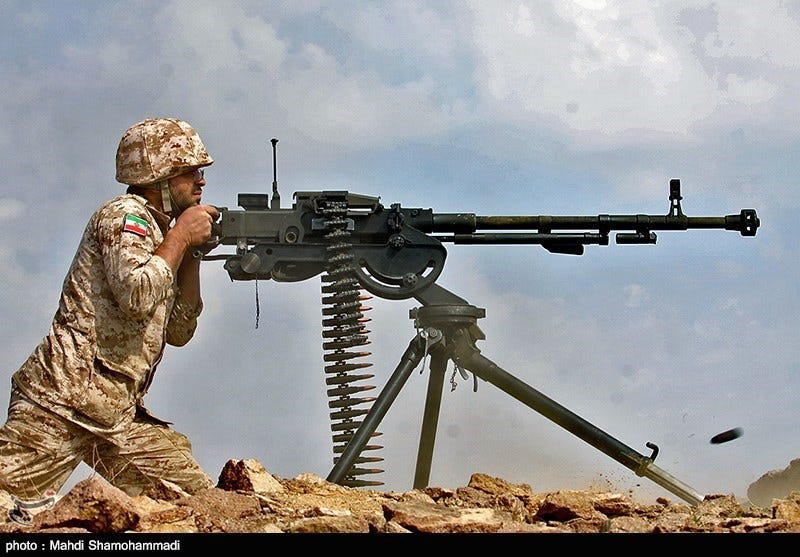Iran On the Edge
Regime Fragmentation, Civil Unrest, and the Looming Risk of Regional Instability
The Islamic Republic of Iran is entering a dangerous and possibly irreversible phase of collapse. After decades of authoritarian rule, regional interference, and internal repression, the regime is now facing simultaneous military, political, and economic breakdowns. The effects are not just domestic—they are reshap…
Keep reading with a 7-day free trial
Subscribe to Grumpy Combat Veteran to keep reading this post and get 7 days of free access to the full post archives.

